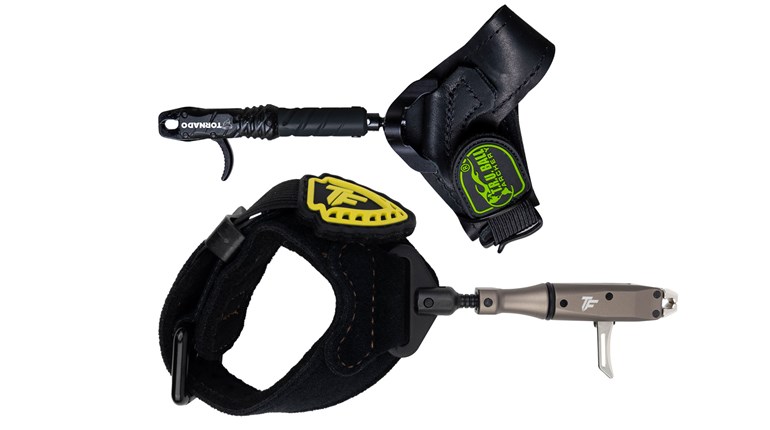
Public-land hunting, minus a pair of state-owned wildlife areas for deer, wasn’t a thing in my slice of southeast Colorado heaven. Sprawling crop fields along the banks of the Arkansas River spread for miles and all required private-land access. Born and reared in the area, I either worked for or knew nearly every farmer around, and getting permission to hunt honkers on their land was simple. Yes, our goose crew had it made, but like everything in life, things change.
One of the big changes: Walk-In Access came to my neck of the woods. Under this new program, the state was offering to pay landowners willing to open their ground to walk-in-only hunting. And just like that, thousands of acres of my best goose dirt became public hunting.
Access to new public land meant more hunters hunting and increased competition. The competition wasn’t a big deal, and I’m glad we have more public land in our area to hunt. Our most challenging task to overcome was walking dozens and dozens of full-body decoys into the middle of massive walk-in only agriculture fields where we used to use trucks, ATVs and trailers.

Back to Our Roots
When I first started goose hunting 30 years ago, the crew I ran with used lots of socks and silhouette decoys. The socks looked like black garbage bags, and our silhouettes were handmade with a paint scheme to match. The decoys worked well on cloudy, overcast days and on hunts when sub-zero temperatures forced the birds to food. Those goose imposters, however, became less effective as the years passed, and we abandoned them as our stock of full-body decoys grew.
Thinking back, I loved those simple decoys because of how easy they were to transport into the field. They were light and could be set up in a hurry. Reminiscing is usually a good thing, and the go-light-and-fast hunt style those decoys provided got my brain turning. So I started researching, and two seasons ago I discovered a decoy company called Dive Bomb Industries.
After watching user videos online, reading the reviews and scouring options on their website, I took a chance and ordered five dozen of their V2FF (Fully Flocked) Canada Silhouettes and five dozen S3Fi Flocked Canada Socks. In total, I got 120 Dive Bomb decoys for under $1,000. No, that’s not chump change, but had I ordered 10 dozen flocked full-body decoys from a top-end maker I would have spent around $10,000.
Thank You, Dive Bomb
The socks are incredible—Dive Bomb provided 10 feeders and a pair of lookers in each dozen, all with professionally flocked heads and true-to-life paint jobs. The Snap-Lock stake system is genius: There are no clips or O-rings to break or lose, and the stake attaches to a locking device that holds the head to the body. No in-the-field assembly is required to bring the decoy to life. Simply hold the stake with one hand and pull up lightly on the bar that runs through the sock. Easy.
The Tyvek socks are zero-memory type so they always fall open and come to life with the slightest breeze, and the included drain holes in the bottom of each sock prevent moisture from gathering.
The V2FF Sleeper Canada Silhouettes can’t be trumped. The entire body is fully flocked, and a dozen of these goose imposters weigh only 6 pounds. The decoys produce no shine, even on bright sunny days, and the durable corrugated material ensures seasons of no-fail use. The one-piece, two-pronged powder-coated 20-inch spring steel stake slides through the decoy body from the top and provides excellent support.
The Dive Bomb decoys made a great out-of-box impression, and I loved that 10 dozen decoys took up only a tiny amount of space in my shop. The question that remained was: How do they work in the field?

Field Test
Using a Shappell Jet Sled and backpack-style run-and-gun blinds, our goose crew toted all 10 dozen decoys, four shotguns, ammo and coffee—you get the idea—to the middle of an oversized pivot in a single trip. With room to spare, we even managed to tote a few full-body decoys for support. The setup took minutes. The stakes of both the socks and silhouettes pushed easily into the ground, even in rock-hard frozen dirt.
The weather was cold and clear—a perfect test to see how the hunted-hard lesser Canadas would react to the decoys—and it didn’t take long. As a north wind tickled the decoys to life, the first group appeared in the distance. They didn’t even circle. Feet came down, and the birds finished perfectly.
Breakdown proved to be just as easy. There were no slotted decoy bags to fuss with, and no full-body decoys to disassemble. We were packed and out in less time than any of us could recall, along with a four-man limit of geese.
Our next test occurred on a snowy, icy morning. We knew several other hunters were watching the field, so we arrived extremely early. By the time trucks with trailers full of full-body decoys arrived, our decoys were set and ready.
Even with snow falling, we weren’t required to run in and out of the decoy spread to dust snow off the backs of our decoys every few minutes, as we would have been if using full-body fakes. The S3Fi Socks and V2FF Silhouettes handled the weather with ease. I will note that for experimentation’s sake, as it was overcast, we added two dozen unflocked Dive Bomb V2 Canada Silhouettes to our spread. The ultimate story of this hunt was more feet-down action.

Final Thoughts
For the past two years, Dive Bomb Industries socks and silhouettes have proved their worth on everything from early-season honkers on prairie ponds to hungry birds hitting carb-rich late-season grain fields. These decoys are lifelike and darn near bulletproof, and they change the game for public-land goose goers that must walk, sometimes more than a mile, to their chosen hunt destination.




































